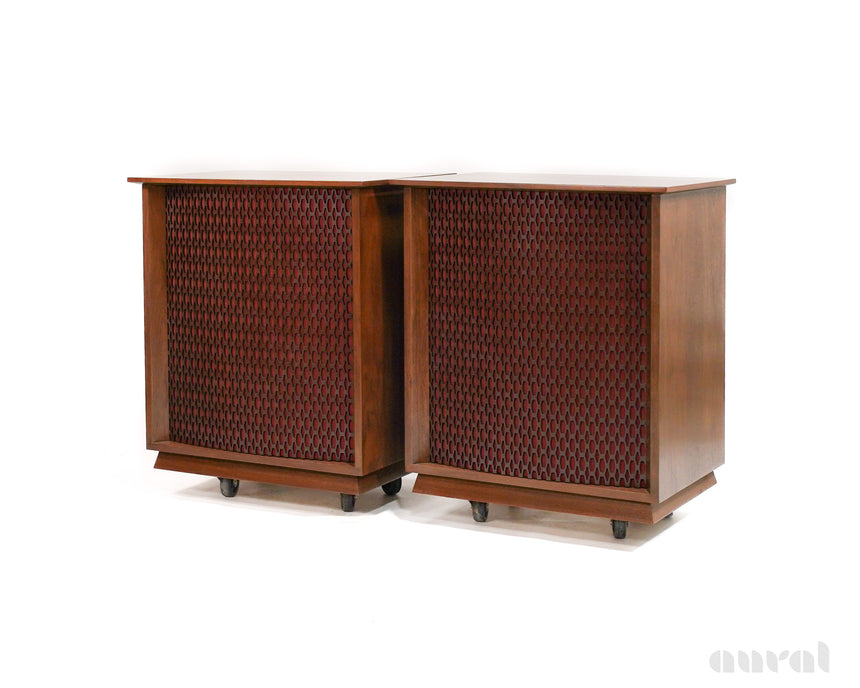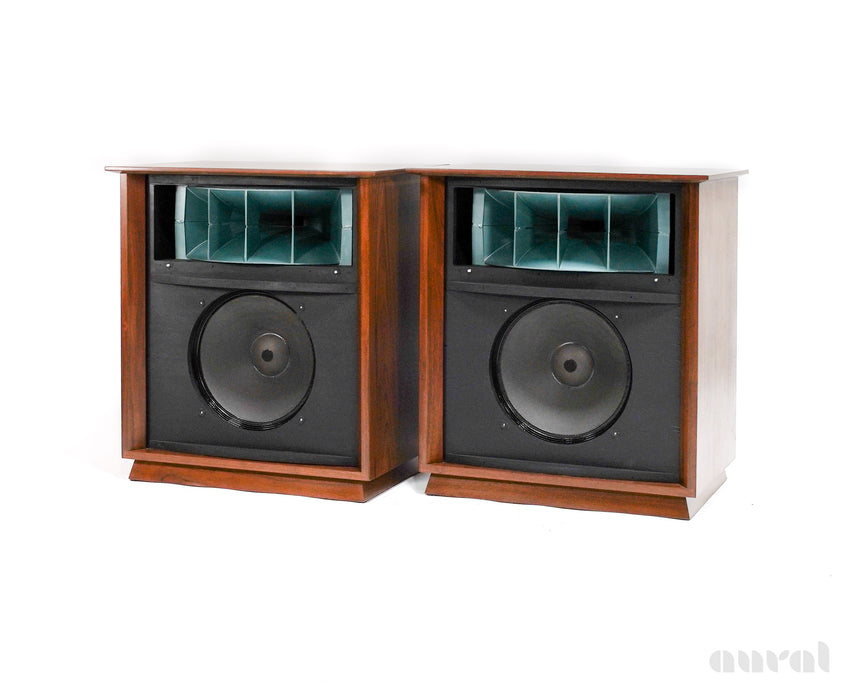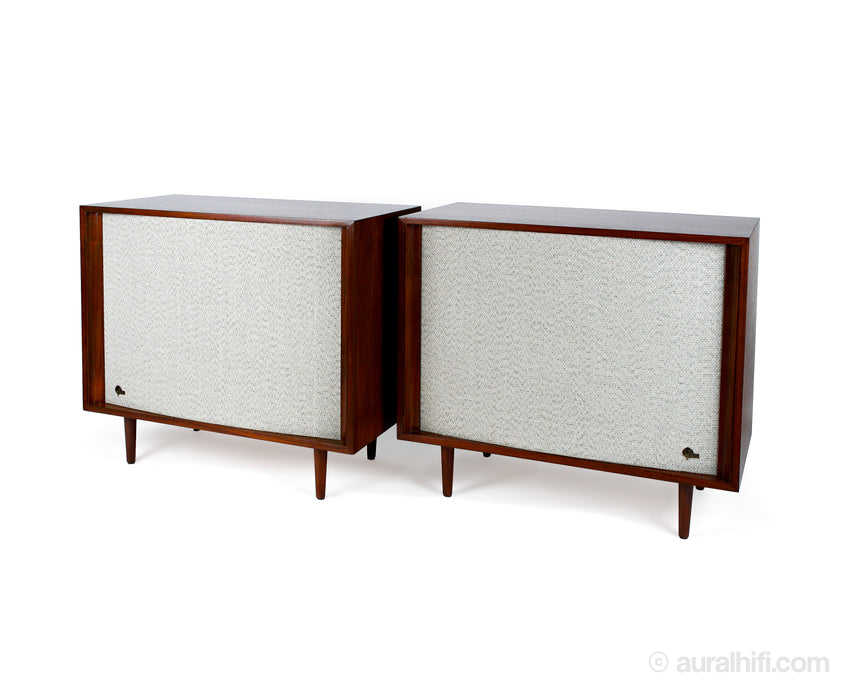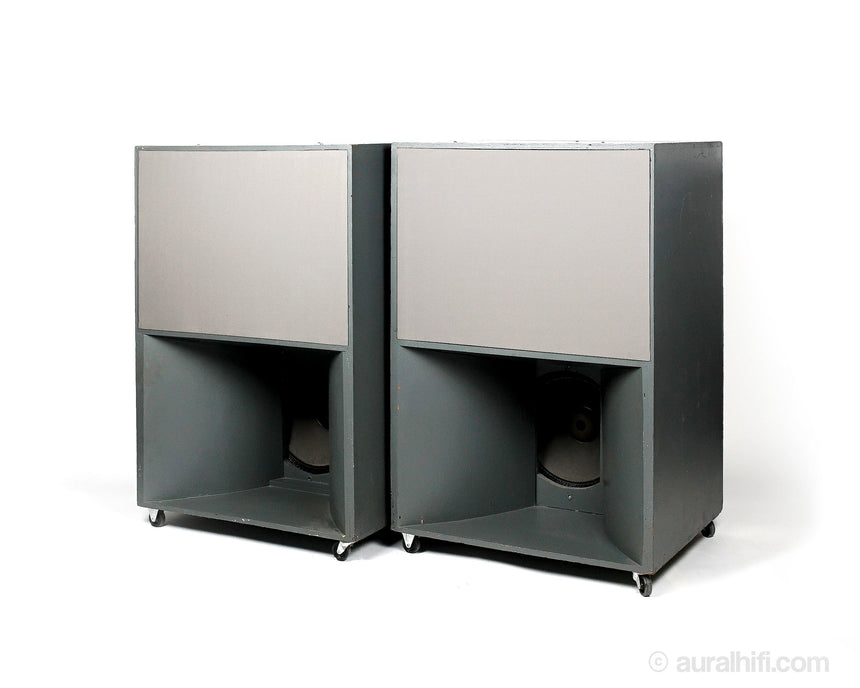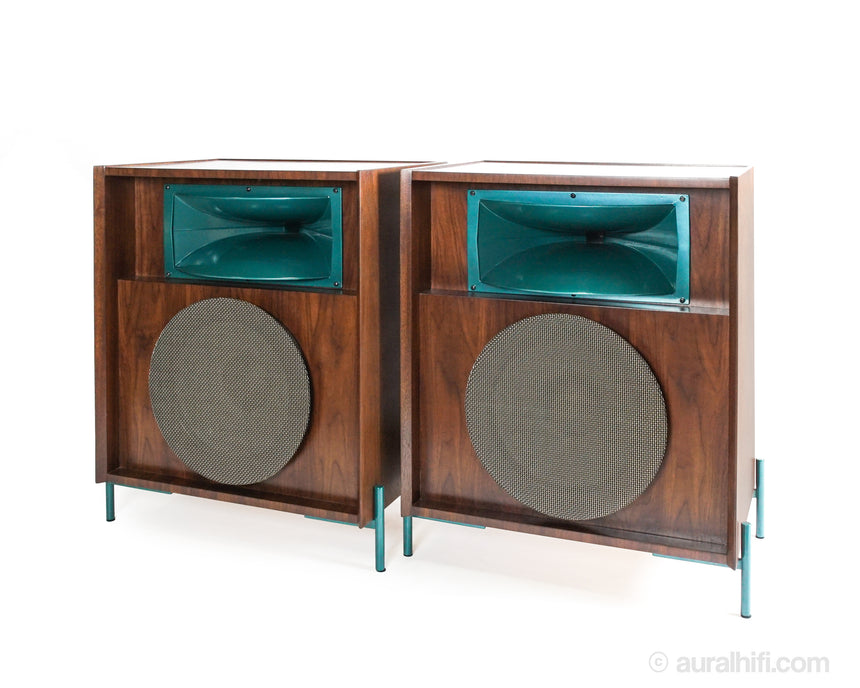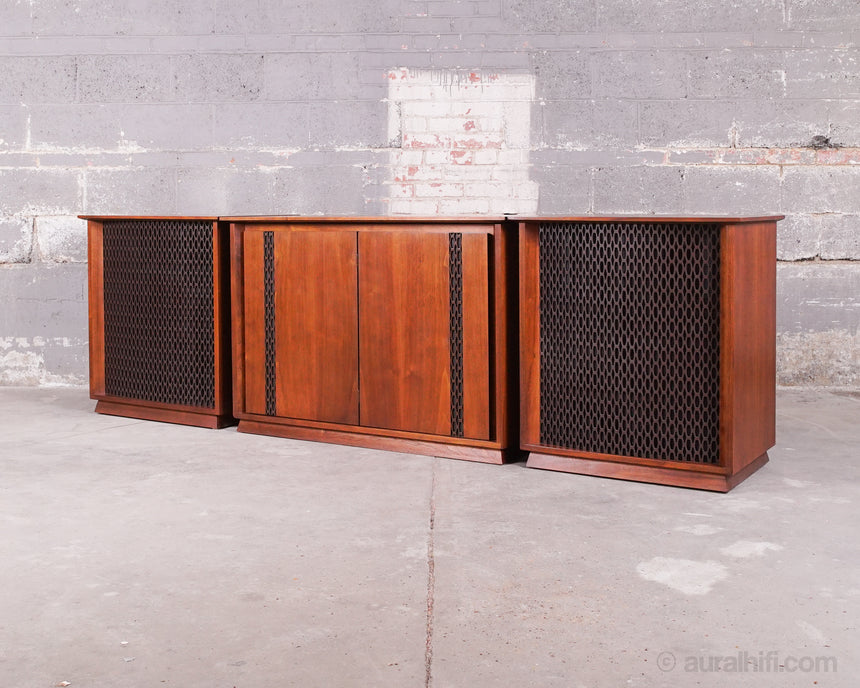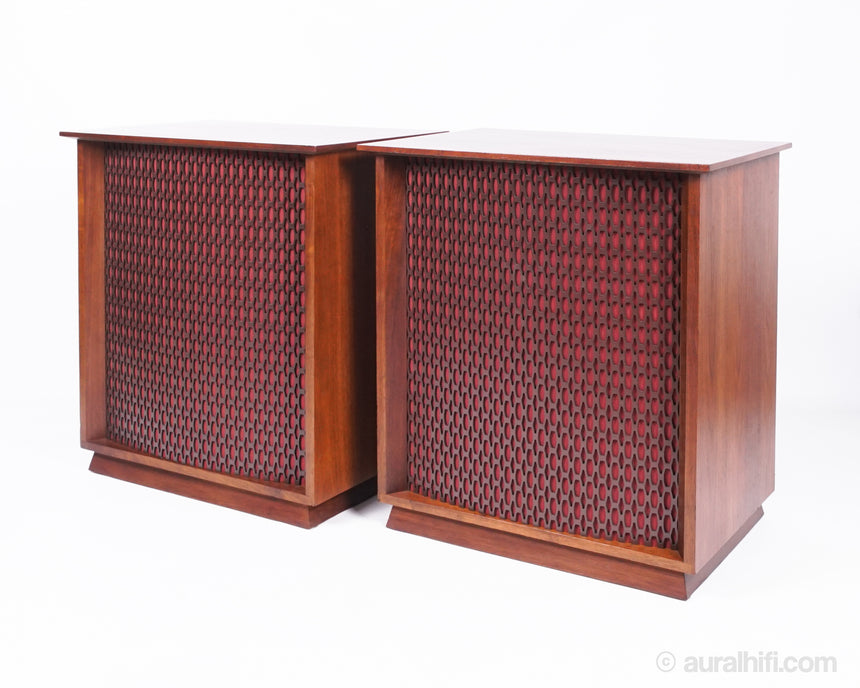THE HISTORY OF ALTEC LANSING

A young electrical engineer, fresh out of Texas A&M, had gone to work for the Bell Telephone Co. in Houston the year the “Jazz Singer” was produced. Seeing his first sound movie in 1923, he applied for a transfer to Western Electric, eager to become a part of this exciting application of the science of sound. His name was Alvis A. Ward, president of Altec. Mr. Ward was one of a group of young engineers, many just out of college, who went with Western Electric to service the needs or the exploding .talking picture industry. Recalling that early period, Mr. Ward said he thinks he installed sound systems in every theatre in East Texas.
The movies, in sound, had found the answer to radio. But they did not find an easy answer to the massive depression that spread over the country in the 1930’s. While Eddie Cantor was singing, “Potatoes are cheaper, tomatoes are cheaper, now’s the time to fall in love – former movie patrons couldn’t dig up the price of a ticket. By 1936, Western Electric decided to dissolve its big motion picture service organization. Rather than see this happen, a group of ambitious young engineers, headed by the late George Carrington, Sr., and L. W. (Mike) Conrow, and including Alvis Ward, went into action. They founded Altec (for “all technical”), more from faith in their own abilities than from the economic facts of the situation, and moved ahead. Predictions were that Altec might last two years.
Organized in 1937, Altec acquired the domestic theatre sound service and maintenance business of Electrical Research Products, Inc., the Western Electric subsidiary with whom its founders were associated. (This original business formed the basis for the Altec Service Company as it still exists today.) Mr. Conrow was president; Mr. Carrington, vice president and H.M. Bessey, secretary-treasurer. The fledgling company, composed of most of the country’s talking picture experts, began life with assets of $23,499.66, purchased from Western Electric. Altec’s greatest asset was its people – 295 of the best trained and most experienced in the audio industry – but it was solely a service company up to this point.
If it was to continue to grow it needed to develop a manufacturing capability. This required facilities. A nearly bankrupt west coast loudspeaker company, Lansing Manufacturing Co., provided the needed opportunity. Lansing was purchased for $50,000 cash in 1941. Altec now had its facility to develop a source of supply for theatre equipment. Alvis Ward came West from New York to manage the new Altec Lansing organization. Prospects must have seemed bleak. The quarters at 6900 McKinley in Los Angeles are today remembered as a “hole in the wall.” Packing cases served for office desks.
Only 25 people were on the payroll. Mr. Ward, who had been working in diversification areas with Altec, found real opportunities to diversify with the onset of World War II. Altec Lansing soon was at work for the Navy on magnetic airborne detection equipment. (Much of the work in this period was done in association with GSI, the company from which Texas Instruments was to spring.) With war’s end, Altec Lansing continued its steady growth pattern. The “talkies” now long taken for granted, had really represented a tremendous forward step in advancing the technology of electrically amplified sound .They had led to large scale development of public address systems and to a conscientiousness of acoustics that had never existed before.
Accelerated work with vacuum tubes, spearheaded by radio, but also by the demands for better sound systems had opened up an exciting new market in huge auditoriums, churches and other public gathering places. Electronics, virtually unheard of in its modern-day sense when Altec was formed, was making its impact felt in every area or the country. Altec moved quickly to meet the demand for high-quality, life-like sound for which the movies had created the appetite. In 1946, the company acquired Peerless and entered the transformer field. The secret of an amplifier lies largely in its transformer, and Peerless gave Altec the exacting quality it demanded and the market expected.
The period between 1945 and mid-1963 is graphic evidence of the steady Altec growth LTV has come to look for in this important segment of its corporate team. In that period, Altec:
- Began manufacturing audio amplifiers.
- Became the first company to promote and advertise nationally professional sound systems adaptable for use in the home (thus beginning the hi-fi era) .
- Introduced Voice of the Theatre speaker systems that have become known through much of the world.
- Introduced the first commercial condenser microphone .
- Entered the microphone field.
- Entered the professional sound field for radio and recording studios .
- Played a leading role in introduction of stereophonic sound into movie theatres.
- Equipped theaters all over the world with Altec Stereophonic sound equipment .
- Entered the high intensity sound measurement field.
- Organized a national sales force.
- Completed a modern headquarters plant at Anaheim, California, adjacent to Disneyland.
- Entered the high intensity sound generation field.
- Developed the first transistorized repeater amplifier and entered the telephone repeater field .
- Introduced the Giant Voice public address system for use in the Civil Defense Warning System.
- Launched a solid state amplifier conversion program.
- Purchased Gonset Division of Young Spring & Wire, thus entering the amateur and two-way radio communication field.

